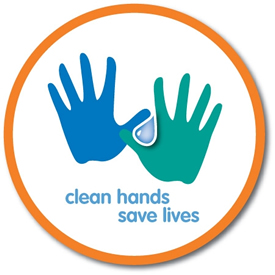 One of the most important concerns in Ferrari Dental Clinics is infection and quality control. Our priority is to provide state-of-the-art dental care while maintaining a strict operating protocol. Our practice exceeds the highest standards of infection control advocated by the American Dental Association, the CDC and OSHA. We utilize the latest barrier techniques and autoclave sterilization to eliminate any risk of cross-contamination.
One of the most important concerns in Ferrari Dental Clinics is infection and quality control. Our priority is to provide state-of-the-art dental care while maintaining a strict operating protocol. Our practice exceeds the highest standards of infection control advocated by the American Dental Association, the CDC and OSHA. We utilize the latest barrier techniques and autoclave sterilization to eliminate any risk of cross-contamination.
The cornerstone in a good and safe dental practice is the element of trust. You should feel free to discuss this topic with our team and receive a straightforward answer.
By direct contact, such as touching an open wound with unwashed hands.
By indirect contact, such as when a person has contact with something that is contaminated (dirty).
By being carried through the air, such as when people sneeze or cough.
Patient medical histories are updated annually. Infectious diseases often can be present without overt symptoms. Further, some patients are reluctant to divulge facts about certain medical conditions; therefore, all patients are to be treated as being potentially infectious by observing and employing "Universal Precautions".
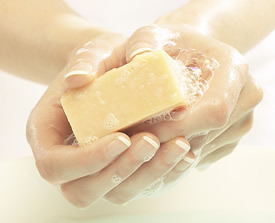 Barrier techniques:
Barrier techniques: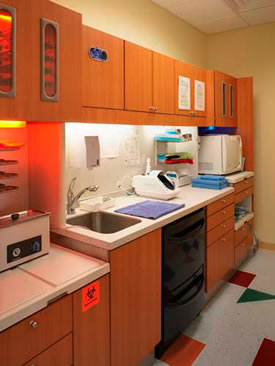
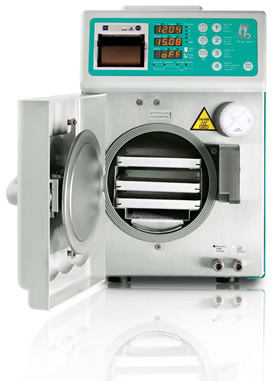 Sterilization refers to the use of a physical or chemical procedure to destroy all forms of microorganisms, including the highly resistant spores.
Sterilization refers to the use of a physical or chemical procedure to destroy all forms of microorganisms, including the highly resistant spores.
Disinfection: Patient debris and body fluids are removed from the instruments and surfaces with a disinfectant (glutaraldehyde).
Sterilization: When the instruments are ready for sterilization or final disinfection. They are rinsed and dried, before sterilization in dry heat sterilizer or in a chemiclave. Instruments are prepackaged before processing through the autoclave to protect them from contamination after sterilization. Autoclaves and chemiclaves are monitored each sterilization cycle with heat sensitive color change tapes or strips.
The inside lines of high speed hand pieces may become contaminated when patient fluids retract back through air- water opening.
First, the hand piece is flushed with water by running it for 20 to 30 seconds, discharging the water into a sink or container.
Then we Package for sterilization in steam or unsaturated chemical vapour following the manufacturer's directions.
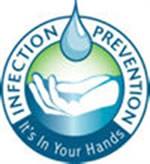 Disinfection of Treatment Rooms:
Disinfection of Treatment Rooms:After patent treatment, all surfaces not protected with disposable barriers are to be decontaminated with a disinfectant, which is registered as a hospital disinfectant.
All contaminated waste is collected at the end of each day and taken to the designated holding areas within the clinic where it is deposited for removal by a special waste hauler.
Any laboratory cases (impressions, models, prosthetic devices, etc.) and contaminated equipment being shipped for processing or repair are decontaminated before packaging with a disinfectant solution appropriate for the item being shipped.